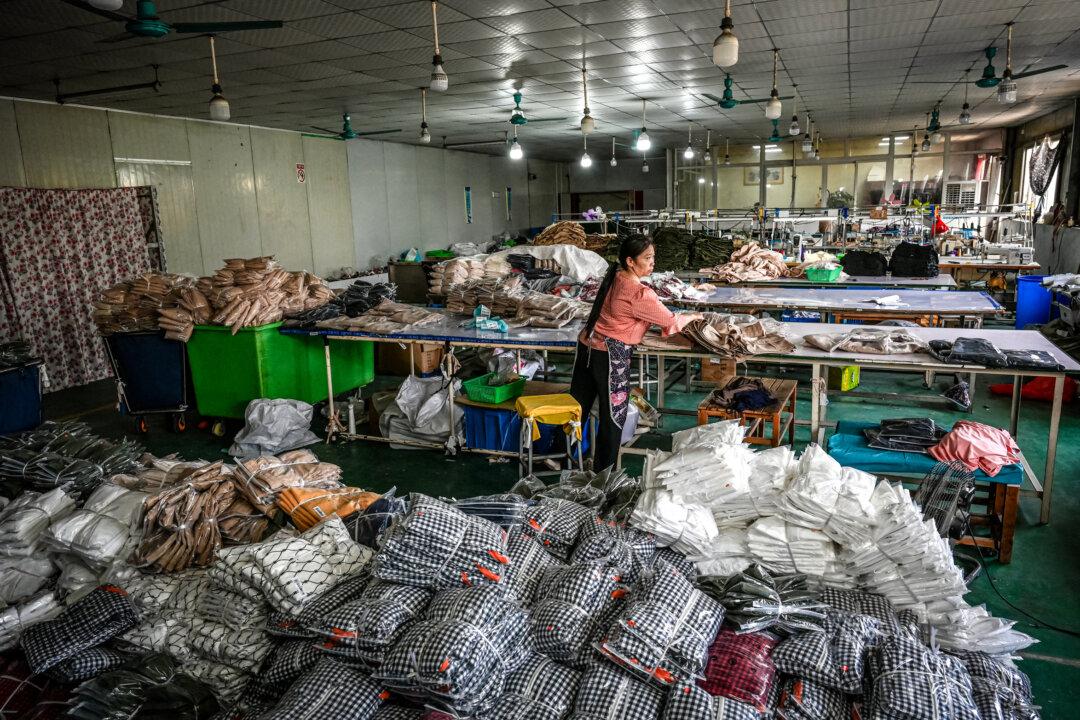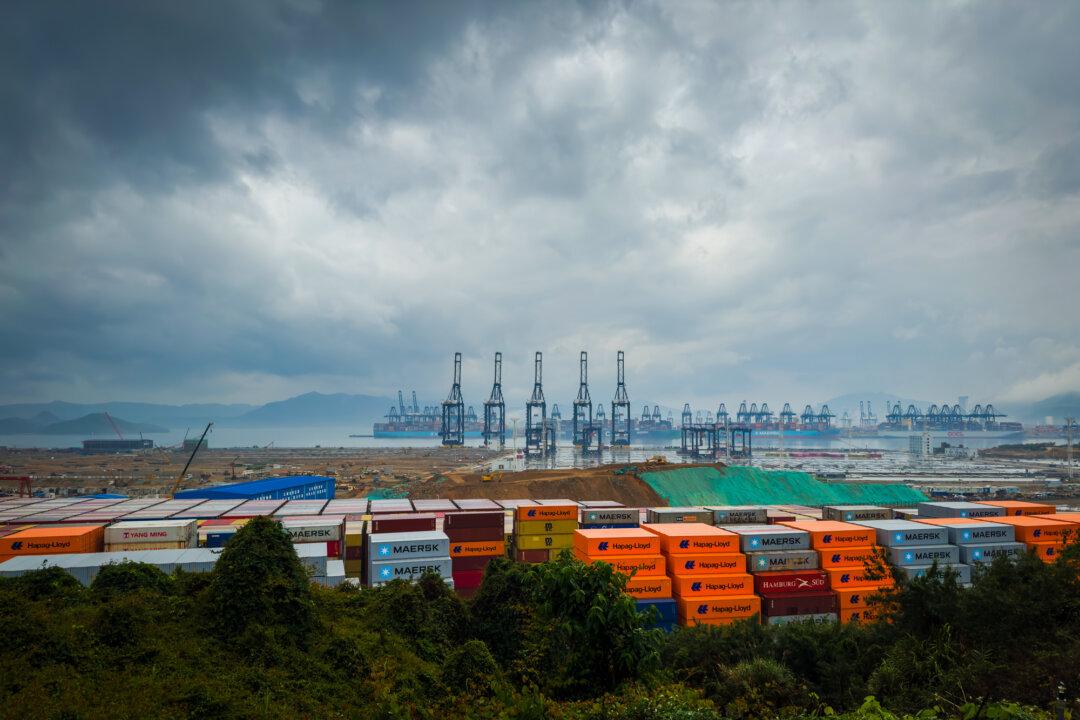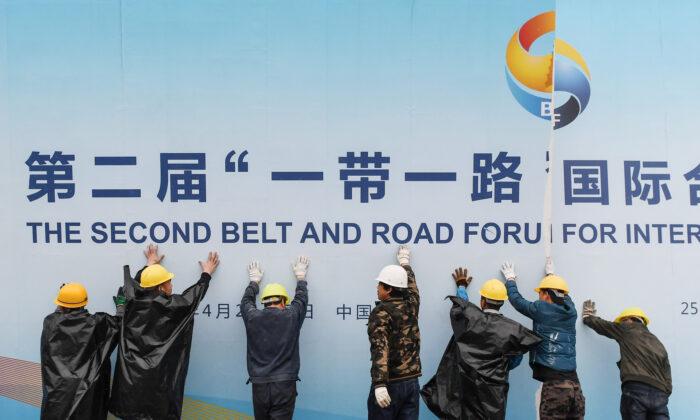Much of the media focus on the Trump administration’s reciprocal tariff policy has been on the progress of tariff negotiations with each U.S. trade partner.
With respect to communist China, media headlines in recent weeks have concentrated on the tit-for-tat of tariffs proposed by the United States and “countered” by China. That eventually led to a temporary tariff de-escalation agreement reached between the two countries in Geneva on May 14.
The deal sets the table for comprehensive U.S.–China trade negotiations. They will include non-tariff-related issues that have long been barriers to U.S. companies and products in China—a relatively unreported but key objective of Trump’s trade strategy.
US–China Tariffs and Counter-Tariffs
Re-balancing trade with China has taken center stage in the second Trump administration. The signing of Executive Order 14195 declared a national emergency regarding fentanyl and other drug trafficking from China, accompanied by an additional 10 percent tariff imposed on all Chinese imports.China’s response was to impose 15 percent tariffs on U.S. coal and liquefied natural gas, 10 percent tariffs on U.S. oil and agricultural machinery.
Beijing also implemented non-tariff measures that included launching an antitrust investigation into Google and adding some U.S. companies to its “Unreliable Entity List.” Companies on that list face penalties and barriers to the Chinese domestic market, including trade and investment restrictions, entry bans, permit revocations, and fines.
On March 4, the United States raised tariffs on all Chinese products to 20 percent. China retaliated on March 10, with 10 to 15 percent tariffs on select U.S. agricultural, meat, and dairy products, a suspension of U.S. lumber imports, and a revocation of soybean import licenses for three U.S. firms.
China retaliated with a 34 percent tariff on all U.S. goods. In addition it added non-tariff measures such as implementing export restrictions on Chinese-controlled rare earth elements—vital for strategic manufacturing processes—and adding more U.S. companies to its Unreliable Entity List.
China immediately retaliated by raising tariffs on all U.S. exports to a total tariff rate of 147.6 percent, again adding more U.S. companies to its Unreliable Entity List.
Chinese Non-Tariff Trade Barriers
Chinese retaliation to new U.S. tariffs has included a few non-tariff actions, as identified above.However, the list of non-tariff-related barriers on the United States (and other countries) implemented arbitrarily by China’s Ministry of Commerce is extensive, complex, and fraught with peril for companies interested in doing business in China.
It is ironic that, despite regular pronouncements from Chinese leader Xi Jinping about steps being taken to “open China,” the policies and regulations the Ministry of Commerce has implemented over the past 40-plus years have done the exact opposite.
State-sponsored Mercantilist Practices
The Chinese regime has implemented efforts that violate World Trade Organization rules, agreed to when China joined the WTO in 2001.Market Access Restrictions
In addition to the arbitrarily maintained Unreliable Entity List noted above, China restricts access to its domestic market through various policies, rules, and blacklists.For example, China has not joined the WTO’s Government Procurement Agreement, despite promises to do so. This limits foreign companies’ access to China’s public procurement market.
China routinely blocks agricultural imports—typically without any scientific basis other than claims of pest contamination—as a punitive measure to provide leverage points in diplomatic negotiations. These blacklists are also intended to favor Chinese producers at the expense of foreign entities.
Regulations
Foreign companies wishing to do business in China, especially automotive, aerospace, telecommunications, and information technology enterprises, are required to develop joint ventures with Chinese firms.Joint ventures are a key tactic for the mandatory transfer of technology, designs, and trade secrets, reverse engineering of foreign technology and designs, and perpetrating the outright theft of foreign intellectual property of all kinds. Regulations require many foreign companies to contribute proprietary technologies to Chinese national standards maintained by the Standardization Administration of China.
Concluding Thoughts
U.S. reciprocal tariffs are aimed at solving a long-standing U.S.–China trade imbalance benefiting China at the expense of U.S. producers.While garnering most of the headlines, the tariffs also provide substantial leverage to address many non-tariff barriers to U.S. trade erected by communist China over the years.
Pushing China to comply with its original commitments to the WTO and the associated trade practice regimen and addressing the above trade barriers will go a long way toward “opening China” for real.







